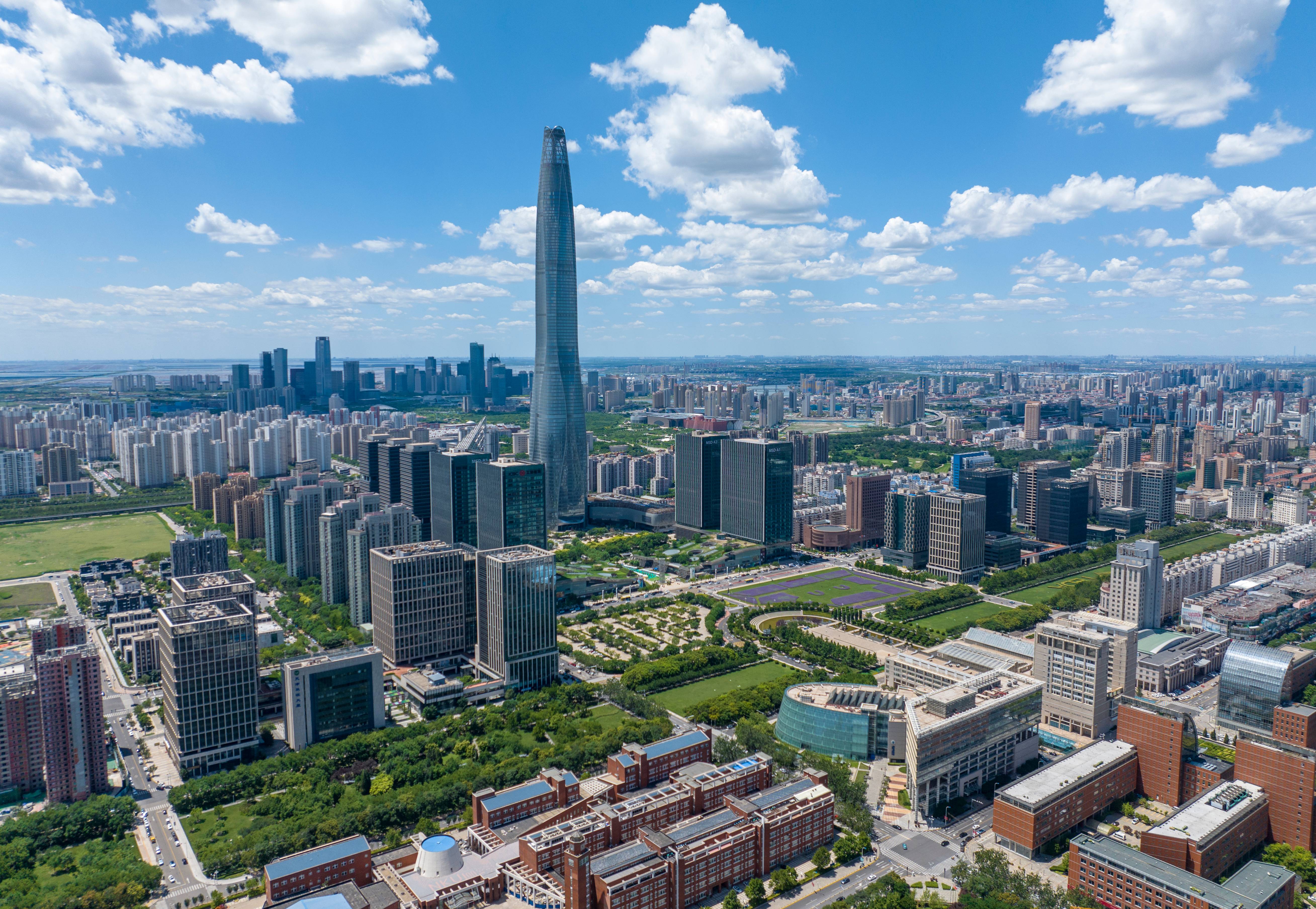Beijing-Tianjin-Hebei Region Makes Further Progress in Coordinated Development

China’s Beijing-Tianjin-Hebei region has made remarkable progress in coordinated development across economic, ecological and social sectors, an official told Xinhua Thursday.
In early 2014, China initiated a key strategy to coordinate the development of Beijing, Tianjin and Hebei -- a regional city cluster referred to as “Jing-Jin-Ji.”
Eleven years later, the region has seen the establishment of 14 innovation platforms and seven national advanced manufacturing clusters, according to an official of the Office of the Central Leading Group for Coordinated Regional Development and the National Development and Reform Commission.
Coordination schemes have also been introduced for industrial chains covering sectors like new energy, high-end instruments, and robotics, the official told Xinhua in an interview.
Transportation infrastructure was upgraded through newly opened railways and highways last year, creating a one to one-and-a-half-hour traffic circle between major cities in the region. Regional airport cluster development has been accelerated as well, handling 150 million passenger trips last year.
On environmental fronts, days with good air quality in the region approached 75 percent last year alongside enhanced surface water quality.
Public services are progressing steadily as well. The social security service of the region has achieved interoperability across designated medical institutions, transportation routes and tourist attractions.
In 2024, the region’s gross domestic product reached 11.5 trillion yuan (about 1.6 trillion U.S. dollars), which, at current prices, is 2.1 times that in 2013.












 津公网安备 12019002000128号
津公网安备 12019002000128号

